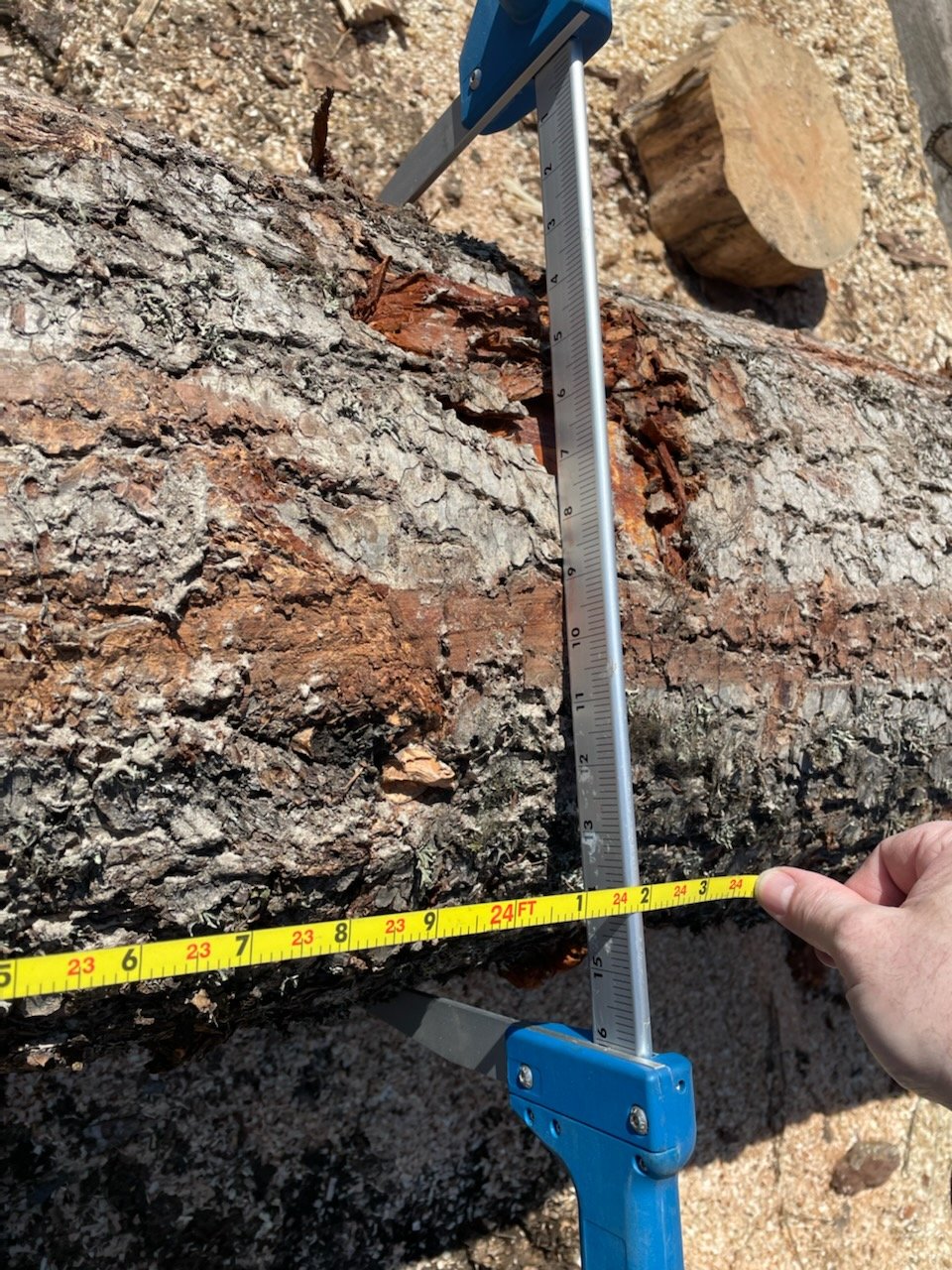4 Facts About U.S. Forests
This year, National Forest Week takes place June 9-15. During this week, which is sponsored by the National Forest Foundation, we thought it would be fun to explore some facts about forests in the United States.
National Forests Can Be Found In 40 States
According to World Atlas, there are 154 nationally recognized forests in the United States. These forests cover over 188 million acres of land. Out of the 50 states, 40 of them have national forests. There is also a national forest in Puerto Rico. '
Not surprisingly, the state of California has the most national forests, with 20 of them. Alaska is home to the two largest national forests, Tongass and Chugach. The Tongass covers 17 million acres while the Chugach covers nearly 7 million acres.
The ten states without any forests include:
Connecticut
Delaware
Hawaii
Iowa
Kansas
Maryland
Massachusetts
New Jersey
North Dakota
Rhode Island
Even though these states don’t contain national forests, they still might have state forests.
2. Forests Are Broken Down Into 3 Main Categories
Most people think of a forest as an area of land that is covered with trees and shrubs. While this is true, there are also different kinds of forests. The different types of forests are either tropical forests, temperate forests, or boreal forests.
Tropical Forests
This type of forest is found in areas with tropical climates. Tropical forests are biodiverse ecosystems that are characterized by high rainfall and warm temperatures. They also have a dense canopy of broad-leaved trees, which include Kapoks, Brazil Nut trees, Mahogany, and Rubber trees.
The only tropical forest that is managed by the U.S. Forest Service is Yunque National Forest located in Puerto Rico. It’s important to note that the United States does have rainforests in Washington, Oregon, and California. Even the Tongass in Alaska is considered a temperate rainforest. However, rainforests are a subtype of tropical forest. The main differences between the two are location and the amount of rain they get.
Temperate Forests
These kinds of forests are located in regions with moderate climates and experience four distinct seasons. The greatest concentration of temperate forests in the United States span from Maine to Florida and then west to Texas and Minnesota. This entire area is often referred to as the Eastern Decidious Forest. Trees in temperate forests include fir, oak, maple, ash, birch, beech, poplar, elm, and pine.
Boreal Forests
These kinds of forests are also known as Taiga and are characterized by coniferous forests. The most common kinds of trees in boreal forests include pine, spruce, fir, and tamarack. Decidious trees such as the trembling aspen, balsam poplar, and birch can also be found in boreal forests.
Boreal forests can be found in Alaska, as well as the northern parts of Minnesota, Wisconsin, Michigan, New York, and Maine. There are also places with high elevation, such as North Carolina, in which boreal forests can be found.
3. Forests Contribute Billions of Dollars to the U.S. Economy
According to Pew.org, lands managed by the Forest Service pump over 13 billion dollars into the economy on an annual basis in the United States. Along with that, the U.S. Forest Service provides over 200,000 jobs a year.
National forests receive over 170 million visits a year. Many people who visit these forests take part in the different kinds of recreational fun that forests have to offer:
Hiking
Hunting
Climbing
Horseback riding
Skiing
Birdwatching
Fishing
Picnicking
Camping
Mountain biking
Taking nature photos
Recreational lands in the forests are also used by outfitters and guiding companies that are crucial for the economies of the smaller communities nearby. In fact, there are over 5,000 small businesses throughout the country that provide these kinds of services.
Besides visiting forested areas for recreational fun, these places offer a place to get away from the hustle and bustle of city life, which can help one relax and improve their mental health. It has been proven that simply going for a walk through the forest can help to reduce stress, lower blood pressure levels, and improve sleep.
Some of the best forests to explore include Tongass National Forest in Alaska, White Mountain National Forest in New Hampshire, Pisgah National Forest in North Carolina, Superior National Forest in Minnesota, and Sierra National Forest in California. According to Forestry.com, what makes these forests so great is their accessibility, breadth of biodiversity, distinct geological features, and the variety of recreational opportunities.
4. Forests Greatly Benefit the U.S. Lumber Industry
Lumber in the United States is a 120-billion-dollar industry that provides over 500,000 logging, sawmilling, and manufacturing jobs. In 2023, the United States produced 75 million cubic meters of lumber.
While it’s true that the United States imports nearly half of the country’s lumber from Canada, nearly all of our softwood comes from forests in the Southern and Western parts of the country. Oregon and Washington are the top two lumber-producing states in the country. Oregon produces 5.22 billion board feet and Washington produces 3.75 billion board feet.
Other top lumber-producing states in the country include:
Alabama
Georgia
Arkansas
On a global scale, the United States is the top wood-producing country in the world, followed by China, Russia, Canada, and Brazil.
The success of the lumber industry on both the global and national levels simply would not be possible without the millions of acres of forests that provide much of this wood.



Even before the United States was officially a country, logging has played an important role in its development and economy. After many years, loggers are finally getting the recognition that they so rightly they deserve.